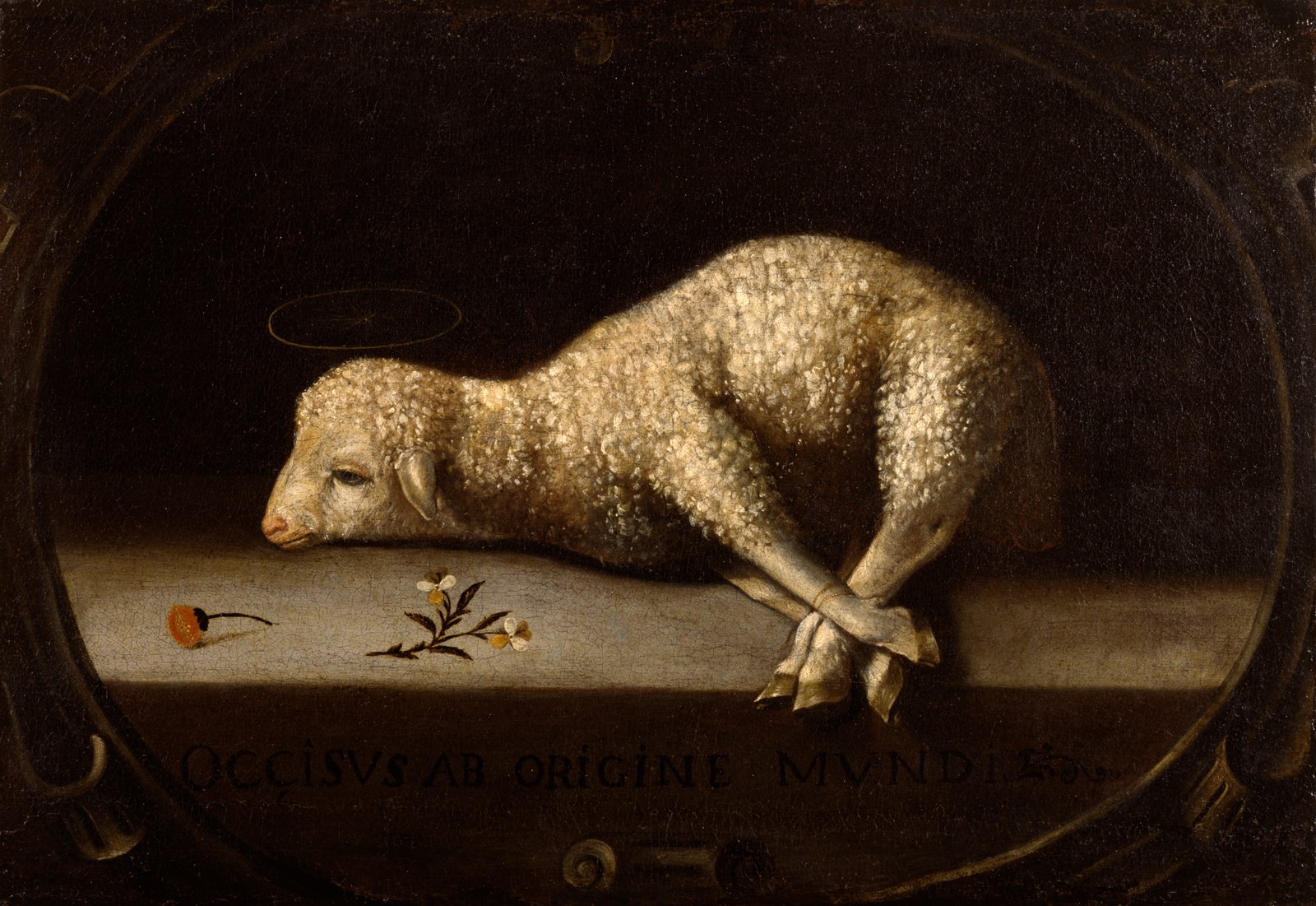In response to my Good Friday post, my friend, Pastor Dion Garrett, added the following commentary on Facebook, “We have to read the OT sacrificial system through Jesus. Not the other way around. Jesus reveals the Father. Important read.”
While I said nothing about the OT sacrificial system in my original post, I appreciate Dion making the connection. Why? Because in pop-Christian thought, Jesus’ crucifixion is bound to a variety of sacrificial images from the Hebrew Bible. Moreover, pop-theology forces these images into a narrative of an offering that pays the price for sin. This is true even though these amalgamations taken in their original context present immediate flaws. As two examples, the Passover Lamb was not a sacrifice for sin and the scapegoat on the Day of Atonement wasn’t killed.
So, how should Christians make sense of the OT sacrificial system?
How should Christians make sense of the OT sacrificial system? Share on X
OT Sacrificial System and Creation Mythologies
Before we can answer how Christians should make sense of the OT sacrificial system, we need to identify the fallacy behind the popular understanding. One way to do this is to consider two ancient creation mythologies, the Babylonian story of Enuma Elish and Genesis 1.
Note: a mythology is a story that explains how a culture understands the world and their place in it. Creation mythologies identify the nature of God and how humanity lives in relationship to their deity.
The story of Enuma Elish places Marduk as the supreme deity. Marduk’s elevation to divine supremacy involves a bloody battle with his chief rival’s corpse becoming the earth and the sky. Marduk uses the blood of another rival god to form humanity. People exist to serve the gods. Human service echoes the violence of the creation itself, with sacrifice, including child sacrifice, as essential to pleasing Marduk.
Contrast this with Genesis 1, which also results in an ordered creation, but it comes as an act of divine love and creativity that orders chaos and makes it good. Moreover, humanity exists not to serve the divine, but to act as co-creators who care for the creation and reflect God’s image into the world.
The popular Christian understanding of the OT sacrificial system demands a blood-thirsty and Marduk like Father who is completely unlike the God of Genesis 1. This is why Jesus proclaimed God isn’t what we think God is like.
If the common Christian understanding of the OT sacrificial system, one where God’s wrath is appeased through sacrifice, requires an understanding of the Father that Jesus corrects, how should we make sense of the Torah sacrifices?
OT Sacrificial System in Context
It is important to note that nowhere in the Hebrew Bible does it outline how the offerings and sacrifices work. Instead, God tells Israel what to do, how to do it, and the result (expressing thanks or forgiving sin). We assume the sacrifice does something for God but, outside of those offerings where God finds the aroma pleasing, this is speculation.
While the sacrificial practices of neighboring nations, some of whom worshiped Marduk, would back this speculation, Yahweh commanding his people to do what neighboring nations do contradicts both Genesis 1 and the unique story and role of Israel in the world. Why would God command his set apart people engage in worship practices that simply substituted Yahweh for Marduk?
Instead, given the arc of the narrative, it makes far more sense that Israel repeatedly abandoned the heart of Yahweh’s message and interpreted their own practice through the lens of foreign gods. Like popular Christianity today, ancient Israel replaced the God of Genesis 1 with a Father akin to Marduk.
OT Sacrificial System and Jesus’ Teaching
How might Jesus offer a corrective to the common understanding of the OT sacrificial system? Let’s begin by considering two examples of Jesus’ teaching on the Torah:
- Matthew 19:1-9: The religious leaders claim the Torah gives them permission to divorce as long as they give a certificate of divorce. Jesus counters that God allows for divorce because their hearts were hard. Moreover, stipulations on care for the woman were added as protection for her (while far from perfect, this marked a radical advancement in women’s rights). The lesson? God gave the law to the people to enhance their communal witness, not as a path to please God.
- Mark 2:27: Jesus says, “The Sabbath was created for humans; humans weren’t created for the Sabbath.” The lesson? Sabbath keeping and assumedly other ritual practices were for the benefit of the people, not God.
What if we understood the OT sacrificial system through these lessons? The sacrifices are not for God, rather, they are for God’s people and their witness to the surrounding nations. For God’s people, the sacrifices remind them who their God is, and the act of sacrifice is an invitation to draw close to the creative and loving deity of Genesis 1. For the surrounding nations, the sacrifices show loyalty and devotion to a God whose story is unlike any other deity in the ancient world.
Now image taking those lessons and applying them to the Christian understanding of Jesus’ crucifixion.


2 thoughts on “Making Sense of the OT Sacrificial System”